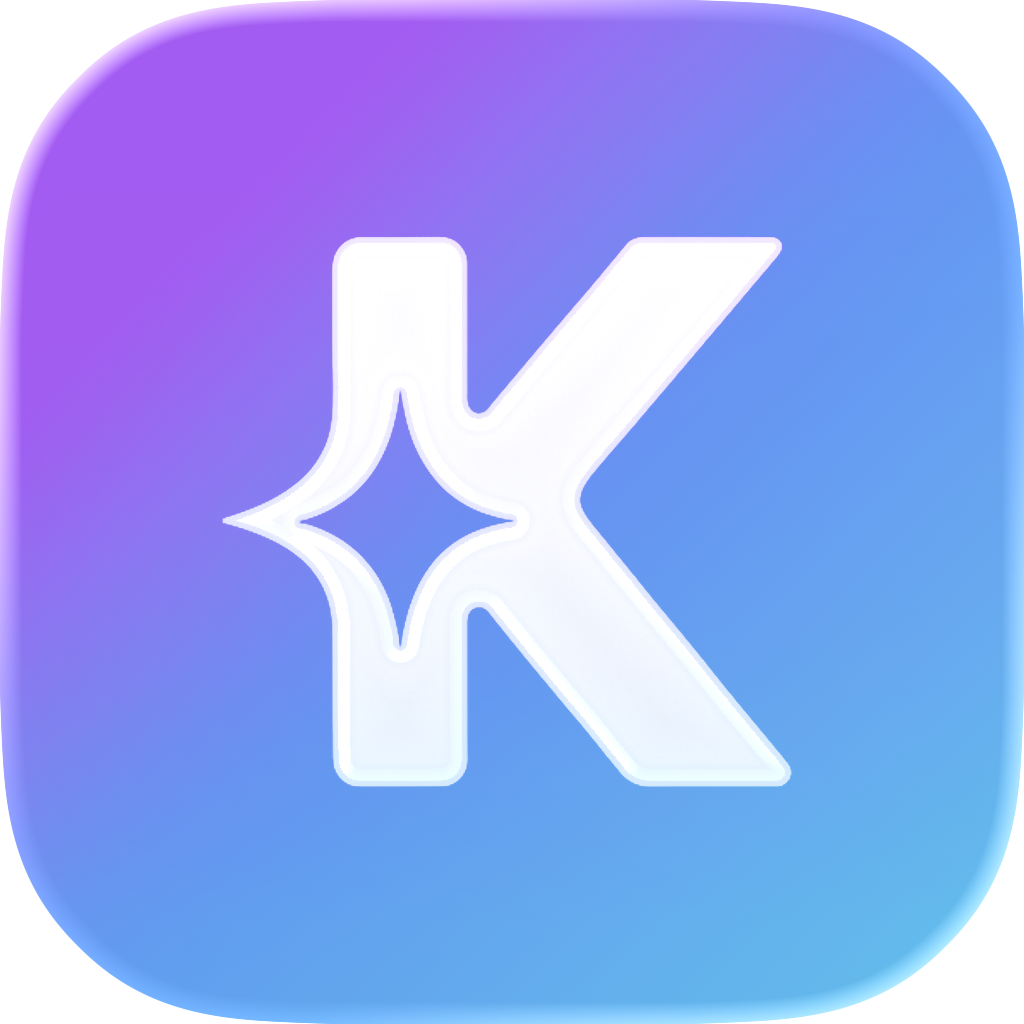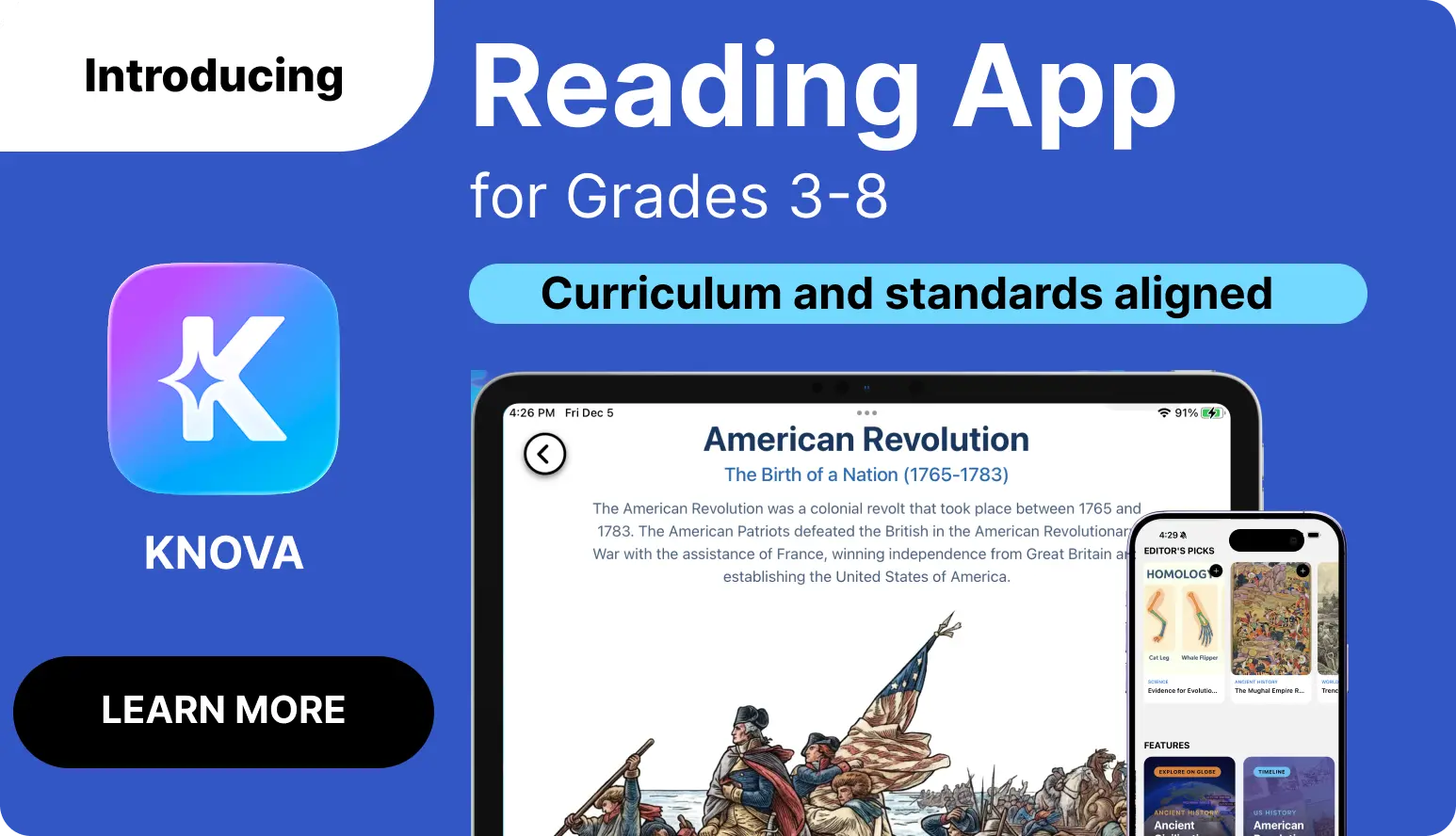Reading Results
Ants and Pheromones
This quiz is designed for 2nd and 3rd grade students to test their understanding of how ants communicate using pheromone...
RI.3.1RI.2.1
The Life Cycle of a Frog
The frog's life cycle takes it from water to land in amazing stages. Starting as eggs, they hatch into tadpoles, grow le...
RI.3.1RI.4.4RI.4.2
The Life Cycle of a Butterfly
The butterfly's life cycle is a fascinating journey through four stages: egg, caterpillar, chrysalis, and adult. Caterpi...
RI.3.1RI.4.4RI.4.2
The Life Cycle of a Salmon
Salmon have a remarkable life cycle that takes them from rivers to the ocean and back again. They hatch as alevin, grow ...
RI.3.1RI.4.4RI.4.2
The Life Cycle of a Sea Turtle
The life cycle of a sea turtle starts when a female lays her eggs on the beach, and after hatching, the tiny turtles jou...
The Life Cycle of a Plant
The life cycle of a plant begins with seed germination, followed by growth, leaf development, and photosynthesis. The pl...
RI.3.1RI.4.4RI.4.2
Journey of a Sea Turtle
Sea turtles lay their eggs on beaches, and their hatchlings begin a dangerous journey to the ocean. After growing in the...
RI.3.1RI.4.4RI.4.2
The Great Barrier Reef
This passage introduces the Great Barrier Reef, a magnificent underwater ecosystem off the coast of Australia. It descri...
RI.3.1RI.4.1
Why the Great Barrier Reef Matters
This passage highlights the critical importance of the Great Barrier Reef for both nature and humans. It emphasizes the ...
RI.3.1RI.4.1
Life in the Great Barrier Reef
This passage delves into the rich biodiversity of the Great Barrier Reef. It describes the vast array of marine life, in...
RI.3.2RI.4.2
How Corals Build the Reef
This passage explains the fascinating process of how coral polyps build the Great Barrier Reef. It details the life cycl...
RI.3.8RI.4.8
The Future of the Great Barrier Reef
This passage examines potential future scenarios for the Great Barrier Reef in the face of ongoing climate change. It di...
RI.3.8RI.4.8
Hungry Organisms
This educational passage addresses NGSS K-LS1-1 by comparing plant and animal survival needs through a garden story. Stu...
K-LS1-1RL.1.1
Animals in Backyard
This passage supports NGSS K-LS1-1 learning by showcasing different animal feeding patterns. Through observations of bac...
K-LS1-1RL.1.1
Plant Helpers
This passage explores NGSS K-LS1-1 through the interdependent relationship between bees and flowers. Students learn how ...
K-LS1-1RL.1.1
Beaver The Builder Animals
This passage explores NGSS K-ESS2-2 through examples of animals modifying their environment. Students learn how differen...
ESS2-2RL.1.1
How Plants and Animals Change Their World
This passage addresses NGSS K-ESS2-2 by demonstrating how plants and small animals can make significant changes to their...
ESS2-2RL.1.1
Mole's Digging
This passage addresses NGSS K-ESS2-2 by showing how moles unintentionally create beneficial environmental changes. Stude...
ESS2-2RL.1.1
Spider's Food Web
This passage supports NGSS K-ESS2-2 learning through observations of spider web construction. Students discover how smal...
ESS2-2RL.1.1
Timo and the Wave Pattern
This passage addresses pattern recognition through wave observation. Students learn to count and predict wave patterns, ...
How Worms, Bees, and Ladybugs Help the Garden
This passage demonstrates how garden organisms form an interconnected system. Students learn how different creatures con...
Pond Ecosystem
This passage explores how pond organisms form a functioning system. Students discover how different species contribute t...
Ant Colony
This passage demonstrates how ant colonies function as a system through division of labor. Students learn how different ...
Desert Life
This passage explores the relationships between desert organisms and their environment. Students learn how different spe...
The Forest
This passage demonstrates how forest organisms rely on specific habitat features. Students discover how different specie...
Water for All
This passage demonstrates how water serves as an essential resource for all living things. Students learn how different ...
Earth's Resources
This passage explores how humans and other living things use Earth's natural resources. Students discover how various na...
Beehive Workers
This passage demonstrates how bee colonies function as systems with specialized roles. Students learn how different type...
Tree Ecosystem
This passage explores how tree habitats function as multilayered systems. Students learn how different animals use vario...
Natural Curiosity about the World
This passage shows how daily observations spark scientific inquiry. Students learn to ask questions about natural phenom...
The Blue Whale- Endangered Species
The blue whale is the largest animal on Earth, feeding on krill and found in oceans worldwide. Listed as endangered due ...
Furbish’s Lousewort- A Rare Flowering Plant
Furbish’s Lousewort is a rare flowering plant found only in Maine and New Brunswick. Discovered by botanist Kate Furbish...
The Principle of Island Biogeography
The Principle of Island Biogeography explains how island size and distance from the mainland affect species diversity. L...
7.RI.7.3
Ecosystems: Communities of Living Things
This comprehensive reading passage introduces elementary students to the concept of ecosystems as communities where livi...
Silviculture: The Science of Forest Management
Silviculture is the science of growing and managing forests to meet goals like timber production, biodiversity, and carb...
7.RI.7.2
The Amazon River Dolphin
The Amazon River dolphin, also known as the pink river dolphin or boto, is a unique freshwater species found in the Amaz...
RI.5.3RI.6.3RI.7.3
What is Deforestation?
Deforestation is the large-scale removal of forests, primarily caused by human activities like agriculture, logging, and...
RI.5.3RI.6.3RI.7.3
What is a Mineral?
A mineral is a naturally occurring, inorganic solid with a specific chemical composition and crystal structure. Minerals...
RI.5.3RI.6.3RI.7.3
Difference Between a Rock and a Mineral
Rocks are mixtures of minerals, while minerals are naturally occurring, inorganic solids with a specific composition and...
RI.5.3RI.6.3RI.7.3
Understanding Biological Evolution and Diversity
This passage addresses the NGSS standard 3-LS4-2 focusing on biological evolution and the unity and diversity of life. T...
RI.3.3RI.4.3RI.5.33-LS4-2
Why Are Pollinators Important?
This passage explores the critical ecological role of pollinators in maintaining ecosystem stability and supporting huma...
MS-LS2-4RI.6.3RI.7.3RI.8.8
Why Are Honeybees Important?
This passage explores the essential ecological and agricultural roles of honeybees, supporting NGSS standard MS-LS2-4 on...
MS-LS2-4RI.6.3RI.7.3RI.8.8
The Narwhal: Arctic’s Unicorn of the Sea
This NGSS-aligned passage (MS-LS2-1) explores how narwhals survive in Arctic ecosystems. Students learn about specialize...
MS-LS2-1RI.6.3RI.7.3RI.8.8
The Fascinating Dumbo Octopus: Deep-Sea Wonder
Aligned to NGSS, this passage explores Dumbo octopus adaptations like ear-like fins for swimming at 3,000-13,000 ft dept...
MS-LS1-5RI.6.3RI.7.3RI.8.8
Venus Flytrap Facts
This passage explains where Venus flytraps live in North Carolina bogs, how their snap traps work, and their unique way ...
MS-LS1-4RI.6.3RI.7.3RI.8.8
How Can We Help Pollinators and Stop Their Decline?
Pollinators including bees (Apis mellifera), butterflies (Lepidoptera), birds, and bats face severe threats with 40% of ...
MS-LS2-4RI.7.3RI.8.8RI.8.3
Dumbo Octopus: Deep-Sea Survivor with Elephant Ears
This passage aligns with NGSS standard MS-LS2-4, investigating the Dumbo octopus's unique adaptations to deep-ocean envi...
MS-LS2-4RI.6.3RI.7.3RI.8.8
The Blue-Ringed Octopus
This NGSS aligned passage explores how the tiny blue-ringed octopus impacts its ecosystem through predator-prey relation...
MS-LS2-1RI.6.3RI.7.3RI.8.8
Pitcher Plants: Reproduction Facts
This passage describes tropical and North American pitcher plants, their liquid-filled traps, and how they get nutrients...
MS-LS1-4RI.6.3RI.7.3RI.8.8





















































